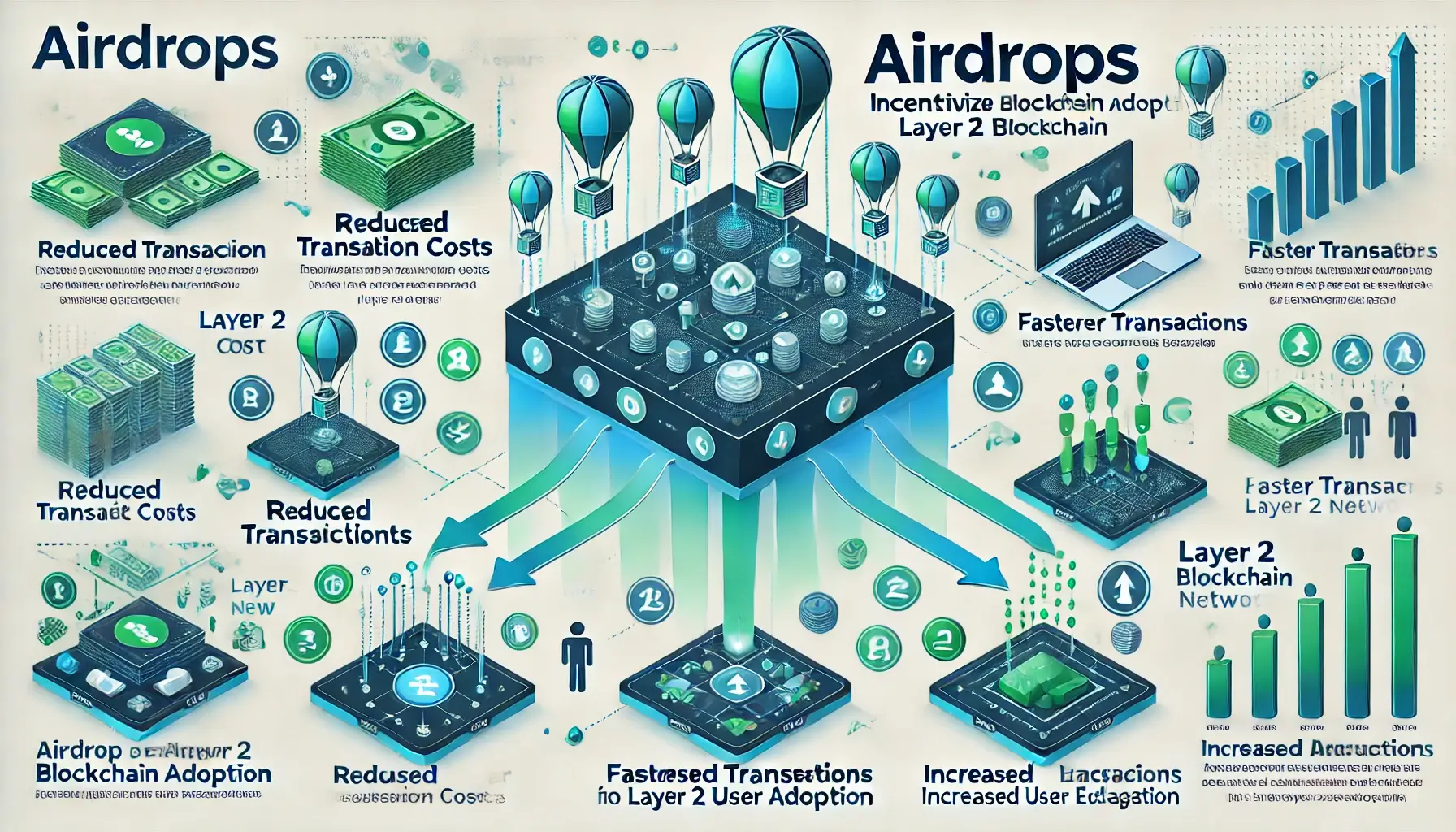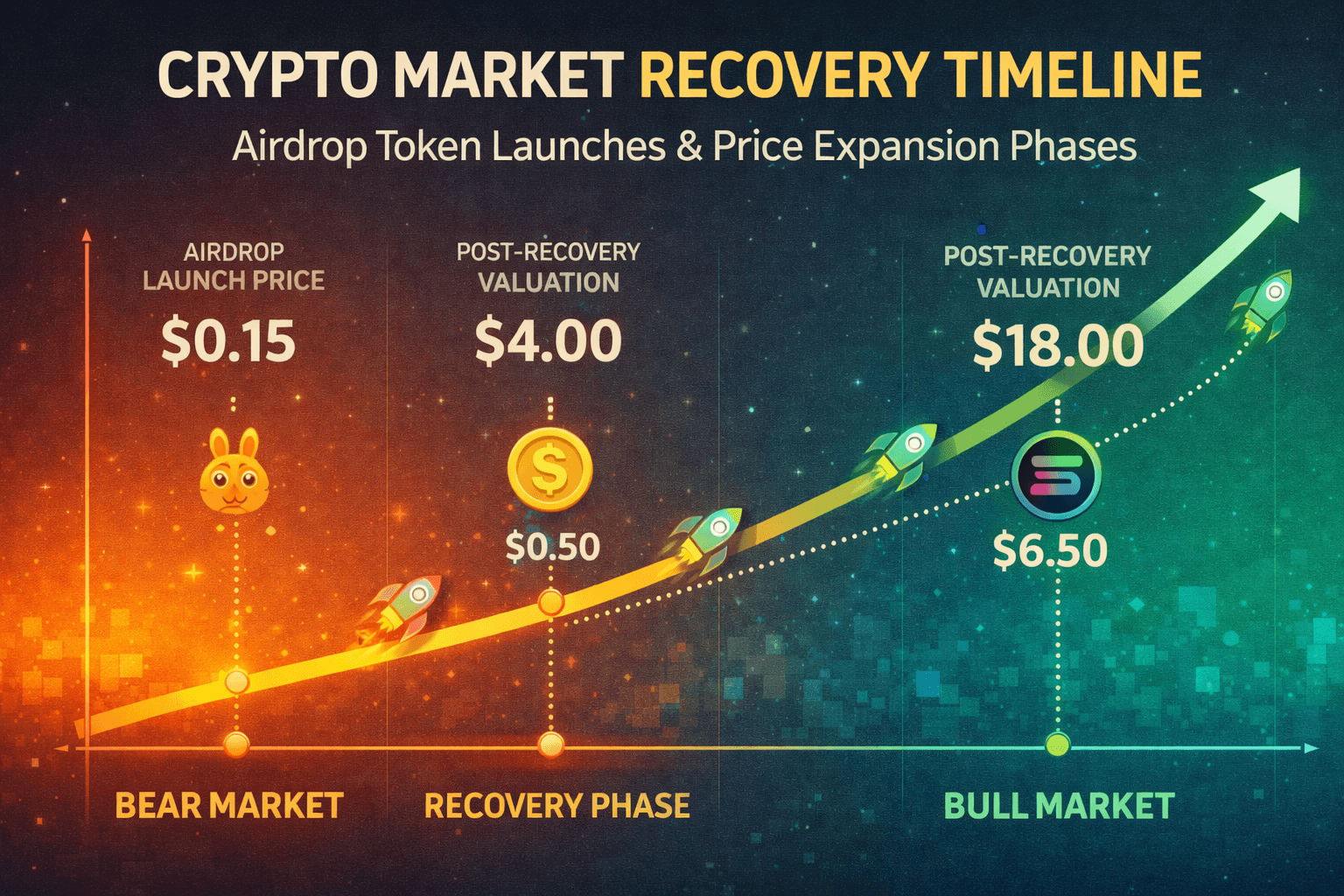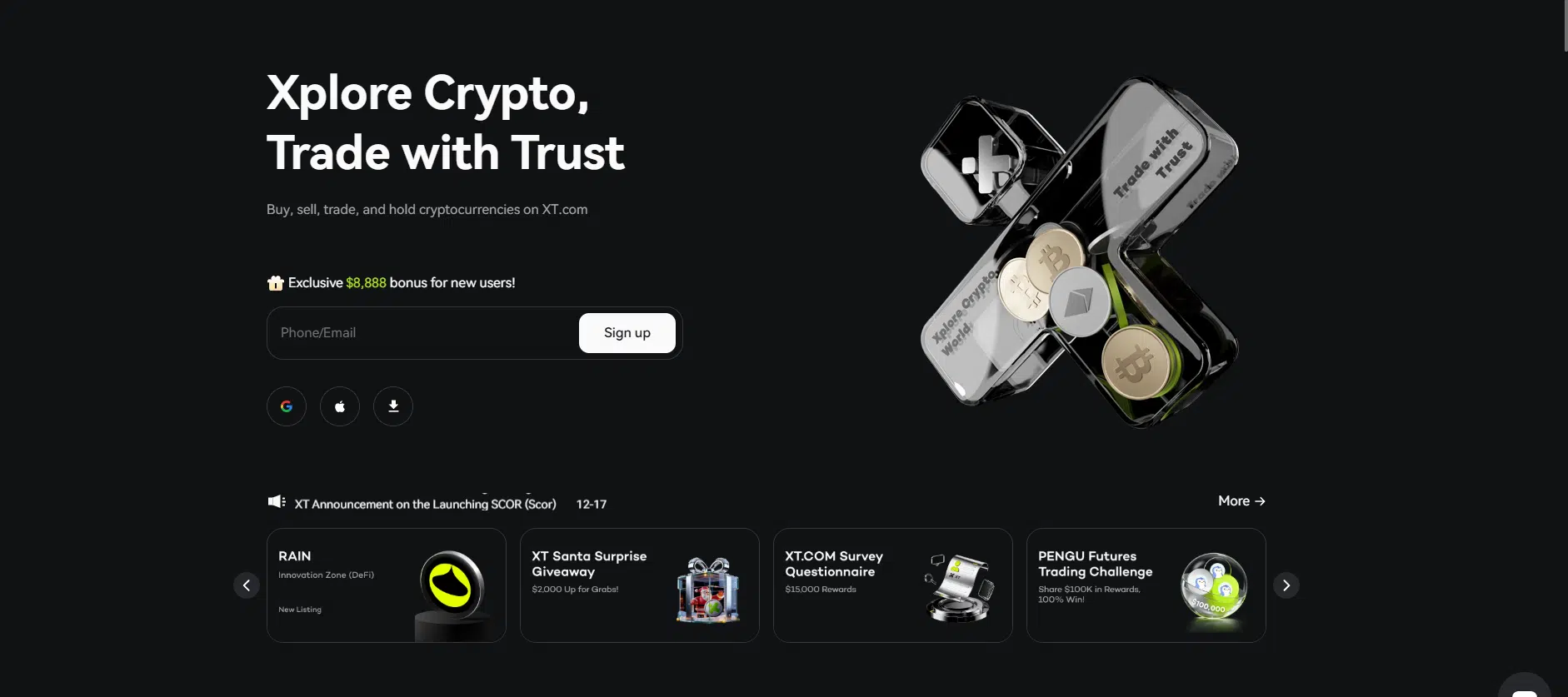Blockchain technology has made tremendous progress in recent years, but it still faces significant scalability challenges. As demand for faster and more cost-efficient blockchain transactions grows, Layer 2 solutions are emerging as game-changing technologies to address these issues. However, introducing users to Layer 2 systems and gaining adoption can be a challenge. To bridge this gap, airdrops are being used as a powerful tool to promote the adoption of Layer 2 blockchain technologies.
From incentivizing user participation to boosting ecosystem liquidity, this article explores how airdrops are driving the expansion of Layer 2 scaling solutions and contributing to the next phase of blockchain evolution.
1. What Are Layer 2 Scaling Solutions?
Layer 2 scaling solutions are technologies designed to improve blockchain performance by handling transactions off the main Layer 1 blockchain, such as Ethereum. These solutions reduce congestion, lower gas fees, and increase transaction speeds. Popular examples of Layer 2 solutions include Optimistic Rollups (e.g., Arbitrum, Optimism) and ZK-Rollups (e.g., zkSync, StarkNet).
By bundling multiple transactions into a single batch before submitting them to the main blockchain, these solutions reduce the workload on Layer 1 chains, ensuring greater scalability and efficiency.
2. Why Airdrops Are Crucial for Layer 2 Adoption
2.1 Attracting Users to New Platforms
Adopting new technologies requires users to take action, such as bridging assets or interacting with decentralized applications (DApps). However, many users are hesitant to switch due to the costs and complexities involved. Airdrops incentivize users by offering free tokens in exchange for participating in Layer 2 ecosystems.
For instance, the Optimism and Arbitrum airdrops rewarded users who bridged their assets to Layer 2 networks and interacted with their protocols. These campaigns attracted a large number of users and significantly boosted adoption rates.
2.2 Building Ecosystem Liquidity
For Layer 2 scaling solutions to succeed, they need sufficient liquidity within their ecosystems. Airdrops encourage liquidity provision by rewarding users who stake tokens or provide liquidity on decentralized exchanges (DEXs). This liquidity fosters a healthy trading environment and ensures the scalability of Layer 2 platforms.
2.3 Raising Awareness About Layer 2 Technologies
Many blockchain users are still unfamiliar with Layer 2 scaling technologies and their benefits. By distributing tokens through airdrops, projects generate buzz and awareness within the crypto community. This visibility often leads to increased adoption and deeper engagement with Layer 2 solutions.
3. Benefits of Layer 2 Airdrops for Users
3.1 Cost Savings and Faster Transactions
Layer 2 solutions offer significantly lower transaction fees compared to Layer 1 blockchains. Users participating in Layer 2 airdrops can enjoy the benefits of reduced costs while interacting with faster and more efficient blockchain platforms.
3.2 Early Adoption Rewards
Airdrops often reward early adopters with tokens that appreciate in value over time. Users who join Layer 2 ecosystems during their early stages stand to gain significant financial benefits as the projects grow and their tokens become more valuable.
3.3 Access to Governance Rights
Many Layer 2 airdrops distribute governance tokens, enabling users to participate in decision-making processes. This empowers users to shape the future of Layer 2 platforms and ensures decentralized governance structures.

4. Strategies for Leveraging Layer 2 Airdrops
4.1 Participate in Layer 2 Ecosystem Activities
Most Layer 2 airdrops reward users who actively engage with the platform. Activities such as bridging funds, using DApps, and staking tokens often make users eligible for airdrops. For instance, interacting with zkSync or StarkNet protocols could make you eligible for future airdrop campaigns.
4.2 Monitor Airdrop Opportunities
Staying informed is key to benefiting from Layer 2 airdrops. Platforms like CoinMarketCap Airdrop Tracker, Crypto Twitter, and Dune Analytics often provide updates on upcoming airdrop campaigns.
4.3 Hold and Stake Tokens for Long-Term Gains
Instead of selling airdropped tokens immediately, consider holding or staking them to earn passive income. Many Layer 2 tokens offer staking rewards, providing an opportunity to grow your investment over time.
5. Challenges of Layer 2 Airdrop Campaigns
5.1 Token Dumping
A common issue with airdrops is the immediate selling of tokens by recipients. This can lead to price volatility and harm the ecosystem’s stability. Many projects are addressing this by implementing vesting schedules or rewarding long-term engagement.
5.2 High Gas Fees on Layer 1 Chains
While Layer 2 solutions reduce transaction costs, some airdrops still require initial interactions on Layer 1 chains, which can involve high gas fees. Users must weigh the cost of participating against the potential rewards.
5.3 Lack of Education
The complexity of Layer 2 technologies may deter some users from participating in airdrops. Projects need to invest in educational resources to ensure users understand how to interact with their platforms.
6. Examples of Successful Layer 2 Airdrop Campaigns
6.1 Optimism (OP) Airdrop
The Optimism airdrop rewarded users who bridged funds to its Layer 2 network and interacted with DApps. This campaign not only drove user engagement but also strengthened the ecosystem’s liquidity.
6.2 Arbitrum (ARB) Airdrop
Arbitrum distributed governance tokens to early adopters, encouraging community participation in decision-making processes. The airdrop significantly boosted activity on the platform, making it one of the leading Layer 2 solutions.
6.3 zkSync Speculated Airdrop
While not yet confirmed, zkSync’s potential airdrop has already sparked excitement within the crypto community. Many users are interacting with the protocol in anticipation of future rewards, driving adoption and liquidity.
7. The Future of Airdrops in Layer 2 Scaling
As blockchain adoption grows, the role of Layer 2 solutions becomes increasingly critical. Airdrops will continue to play a vital role in promoting these technologies by incentivizing user participation and fostering decentralized ecosystems. In the future, we can expect:
- More targeted airdrops that reward specific on-chain behaviors, such as governance participation or liquidity provision.
- Cross-chain collaborations between Layer 2 solutions and Layer 1 blockchains to enhance scalability.
- Educational campaigns to demystify Layer 2 technologies and attract new users.
Conclusion
Airdrops have become an essential tool for promoting Layer 2 scaling solutions. By incentivizing user engagement, building liquidity, and raising awareness, airdrop campaigns are driving the adoption of Layer 2 blockchain technologies. As the demand for scalable blockchain platforms continues to grow, these campaigns will remain a cornerstone of blockchain innovation.
For more insights on blockchain adoption strategies, visit our Blockchain Technology Guides.
Stay Updated
For the latest updates on Layer 2 airdrops and blockchain trends, follow us on:
Special Offer
Want to explore Layer 2 tokens? Sign up on Bybit today and earn up to $30,000 in deposit bonuses. Start trading confidently on one of the top crypto platforms.
Full Link:
















